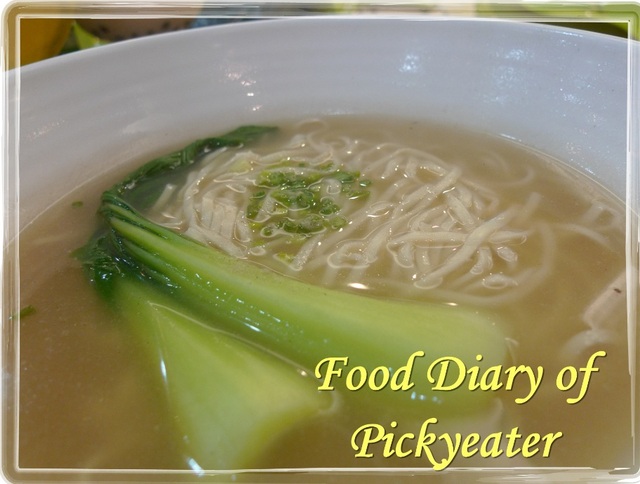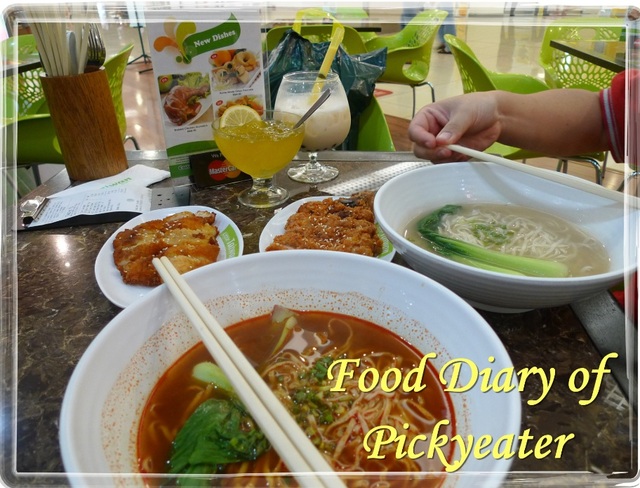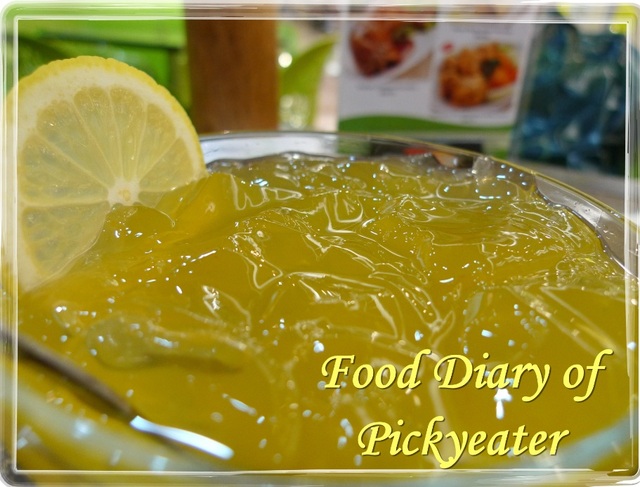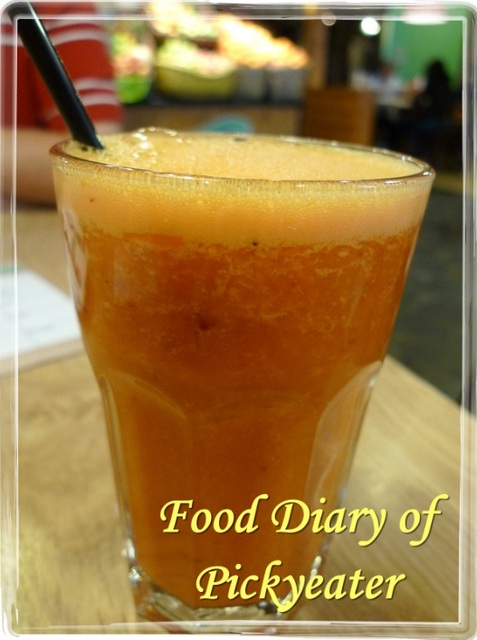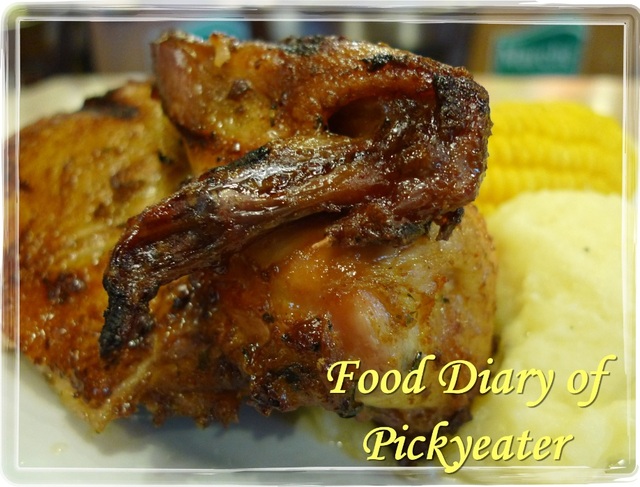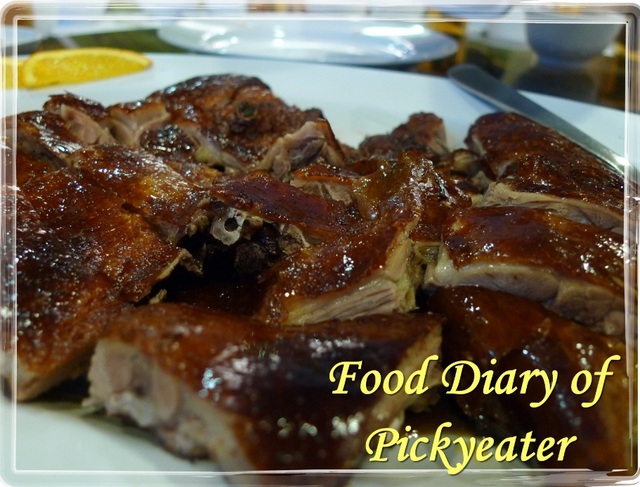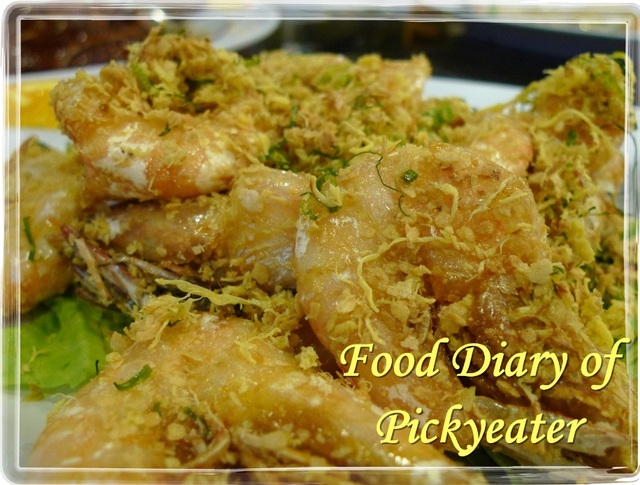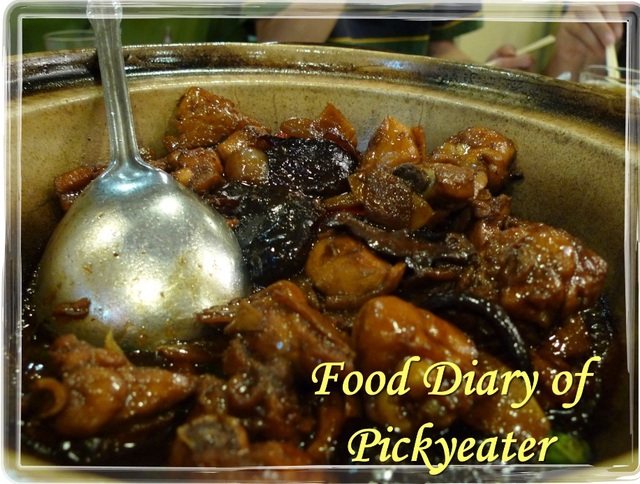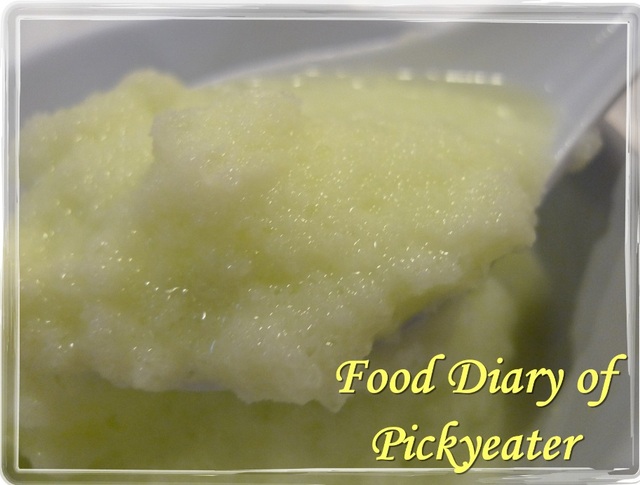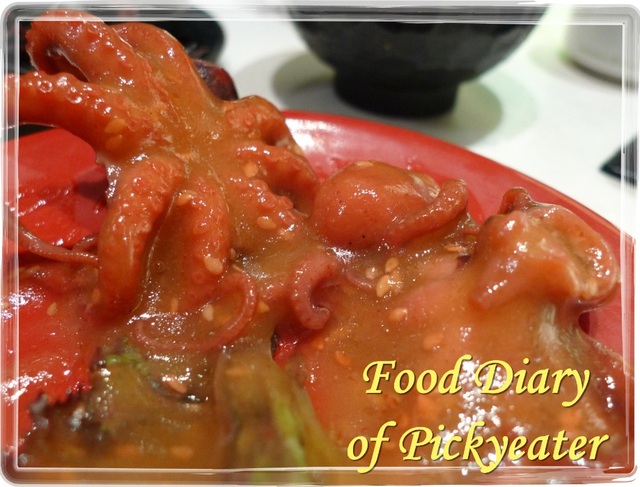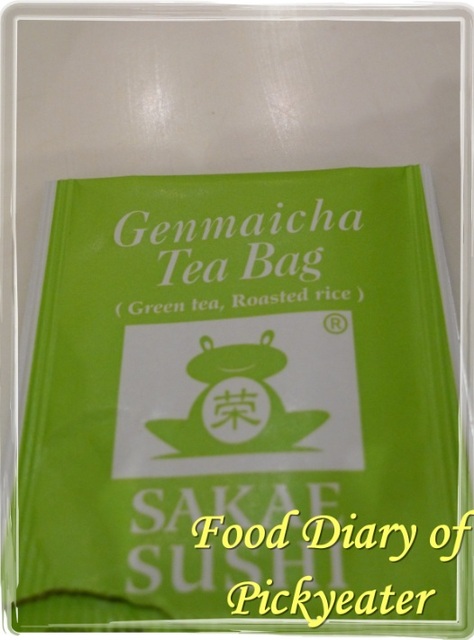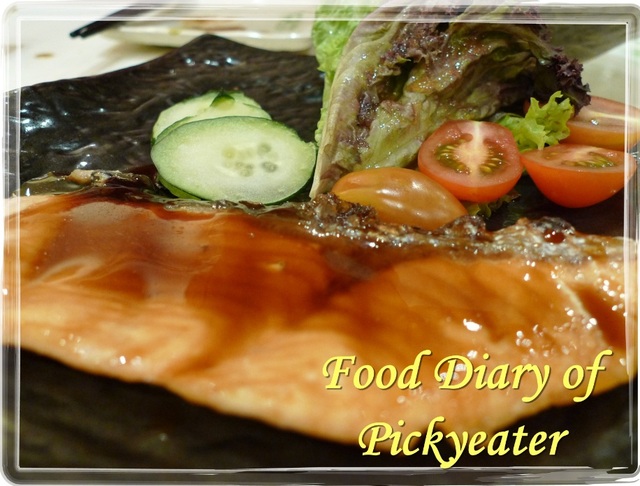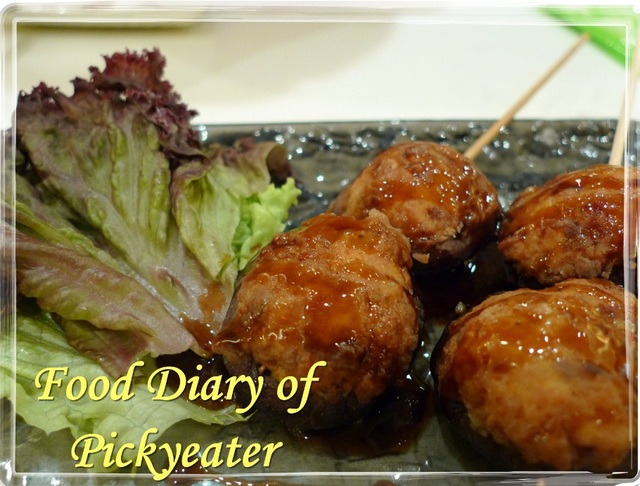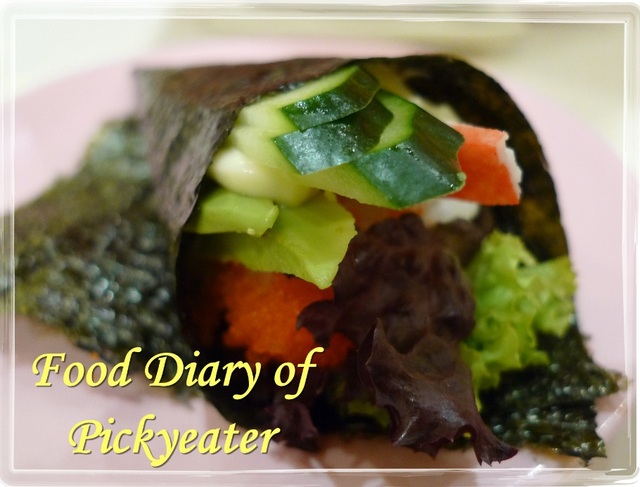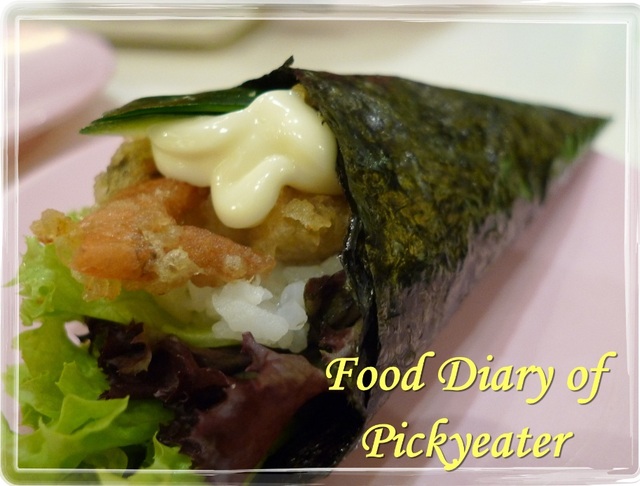Originating from the creative blend of Chinese and Malay and possibly other ethnicity, the cuisine is famous for its strong taste and aromatic scent.
It is no wonder, as the main ingredients or secrets to perfecting this cuisine are the spices (also known as rempah in Malay)
The Peranakan cuisine is uniquely found only in Asia; specifically only three places: Penang (Malaysia), Malacca (Malaysia), and Singapore.
Despite being home to the exotic cuisine, the tastes and style of cooking in all the three places are distinctly different.
The history of Peranakan cuisine dates back to the 17th century when the Malacca Sultanate pay homage to the mighty Chinese kingdom in China during the Ming Dynasty period. To strengthen the diplomatic ties between the two kingdoms, the Emperor of China married his daughter to the Sultan.
The arrival of Chinese on peninsular coast of Malaysia introduced many more inter-marriages; between the Chinese and the local Malays.
This, gives birth to the unique ethnic group known as the Peranakans.
It is easy to understand why the Peranakans are mostly clustered in the three places; Penang, Malacca and Singapore as the trio have one thing in common: international trading port thus making them the homeland of the Peranakans.
The mixed marriages also created the fusion of both Chinese and Malay cuisines, introducing the mixture of the use of exotic spices from both ethnicity.
If you ever land in Malaysia or Singapore, don't forget to try the Peranakan Cuisine.
I can recommend if you need any guide :)
This post features some of the common Peranakan food, and also homemade dishes.
These are dishes from home, with lots of love and no, I am not responsible for preparing these dishes.
Jiu Hu Char (Stir-fried jicama with cuttlefish)
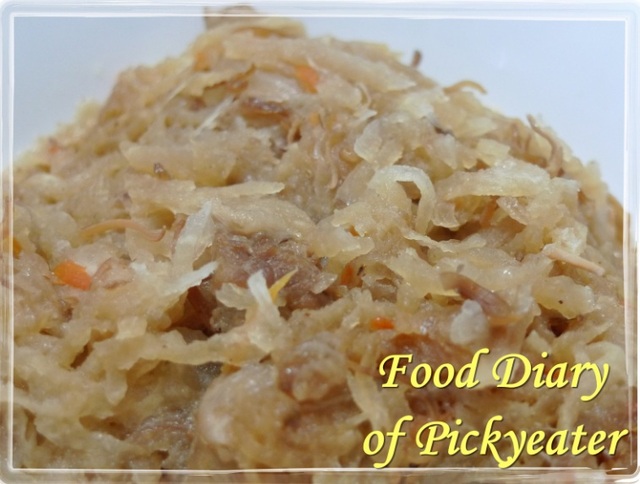
Jicama is the main vegetable in this dish; also known locally as Mengkuang and may be accompanied by shredded carrots and cuttlefish.
In some versions, you may find minced pork meat in it too.
Variants of this dish could differ in the additional pork meat/chicken, and the use of soy sauce. Some could appear darker while some would be lighter; like the one shown above.
The Hokkiens in Penang also have their version which they call "Mengkuang char"
It is a matter of preference, and this is definitely the one dish to try when you attempt Nyonya food.
Kiam Chai Boey (Salted vegetables stew)

This is pretty much a mixed vegetables dish, or in the Hokkiens' version, leftover dishes all thrown into one with added salted vegetables in a sweet and sour soup.
It is a favorite among the Chinese/Nyonya during the Lunar New Year, as there will be lots of leftovers after the reunion dinner.
The stew is infused with tamarind juice, assam and dried red chilies to give it that spicy sweet and sour taste. Sometimes, fermented bean paste (tau Cheo) may be added in as well.
The salted vegetable is actually a preserved version of the green mustard vegetable, known as Kiam Chai. It does not matter if the fresh vegetable is used either.
This is definitely a favorite dish among the families, and appear on many menus in the restaurants as well.
This is something which you cannot find out of this place.
Assam Fish
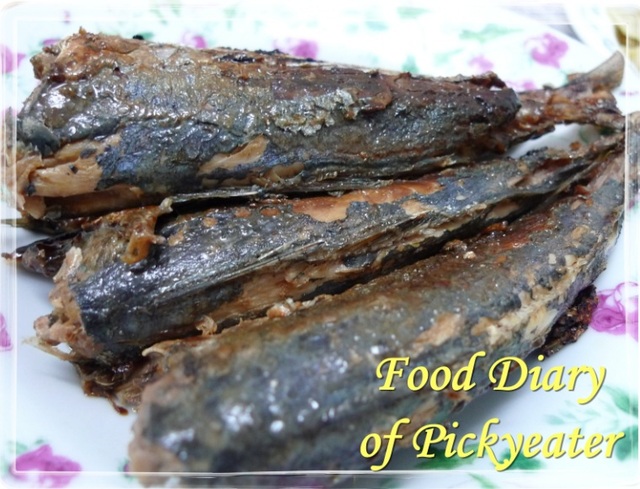
This is a homemade version and the fish is marinated with tamarind sauce and fried.
It was quite tasty and appetizing as well, with its sourish taste.
This is another homemade recipe, and is like a fusion of assam curry and masak belanda of fish fillet.
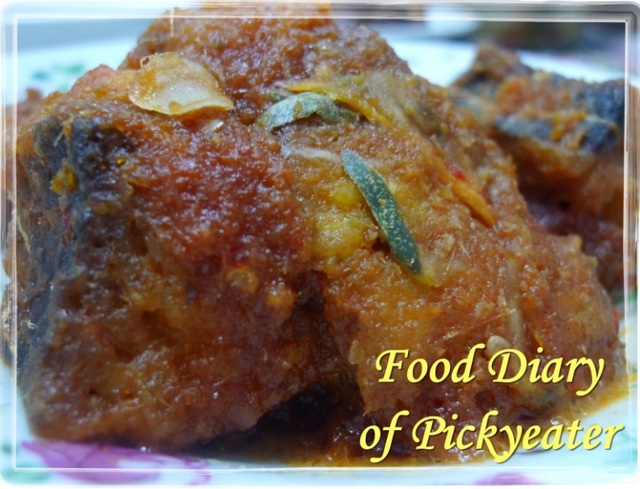
The taste was simply amazing and it is just so appetizing that one could not have enough of it :)

I love Nyonya/Peranakan food, and I guess it just runs in the blood of the family due to the ethnicity of our forefathers (and mothers).
I promise that the Peranakan/Nyonya cuisine will be one of the most mesmerizing experiences with its savoury dishes.
Make it one of your must-do in your itinerary when you visit Malaysia, for an unforgettable food experience!~









